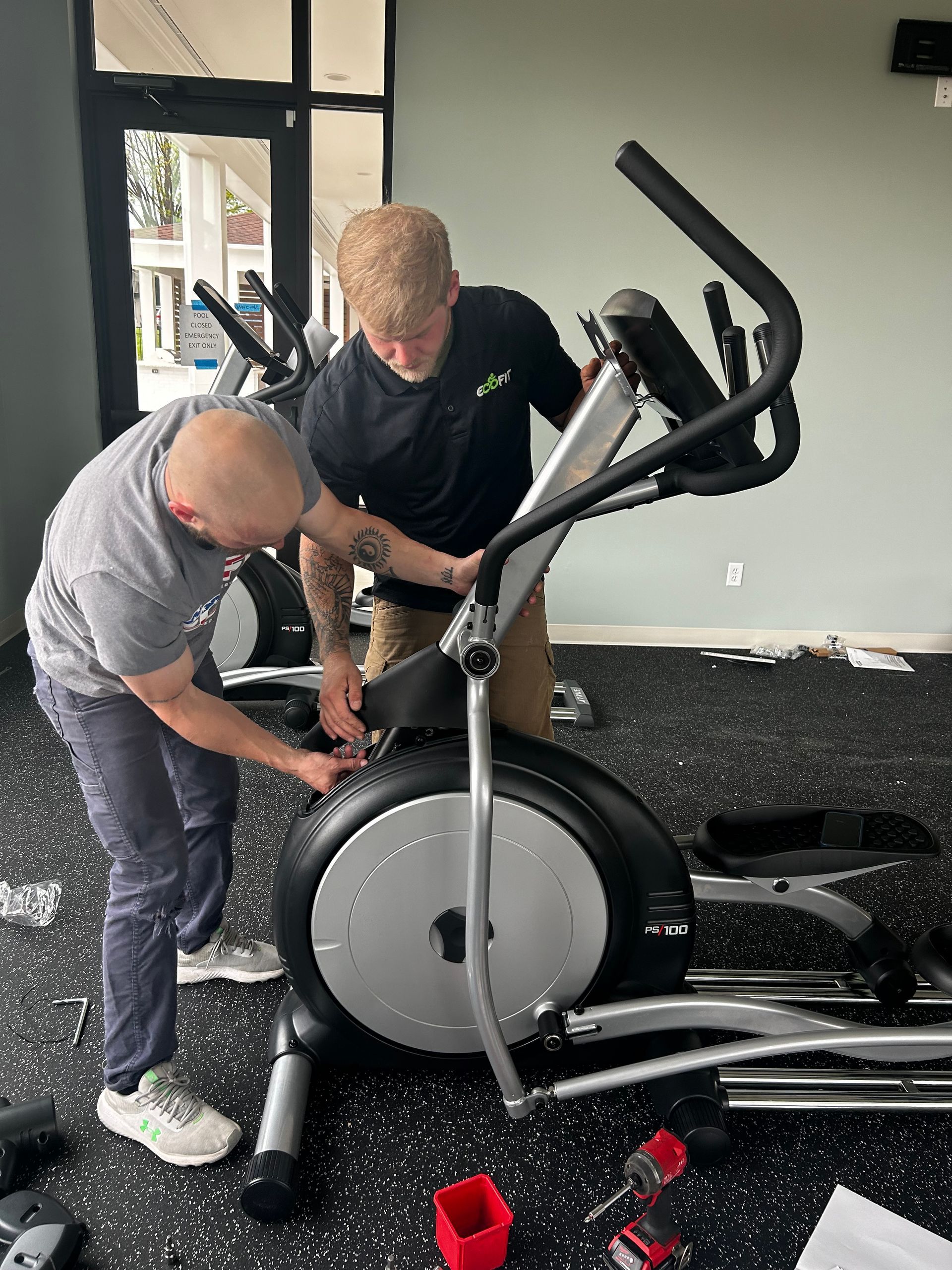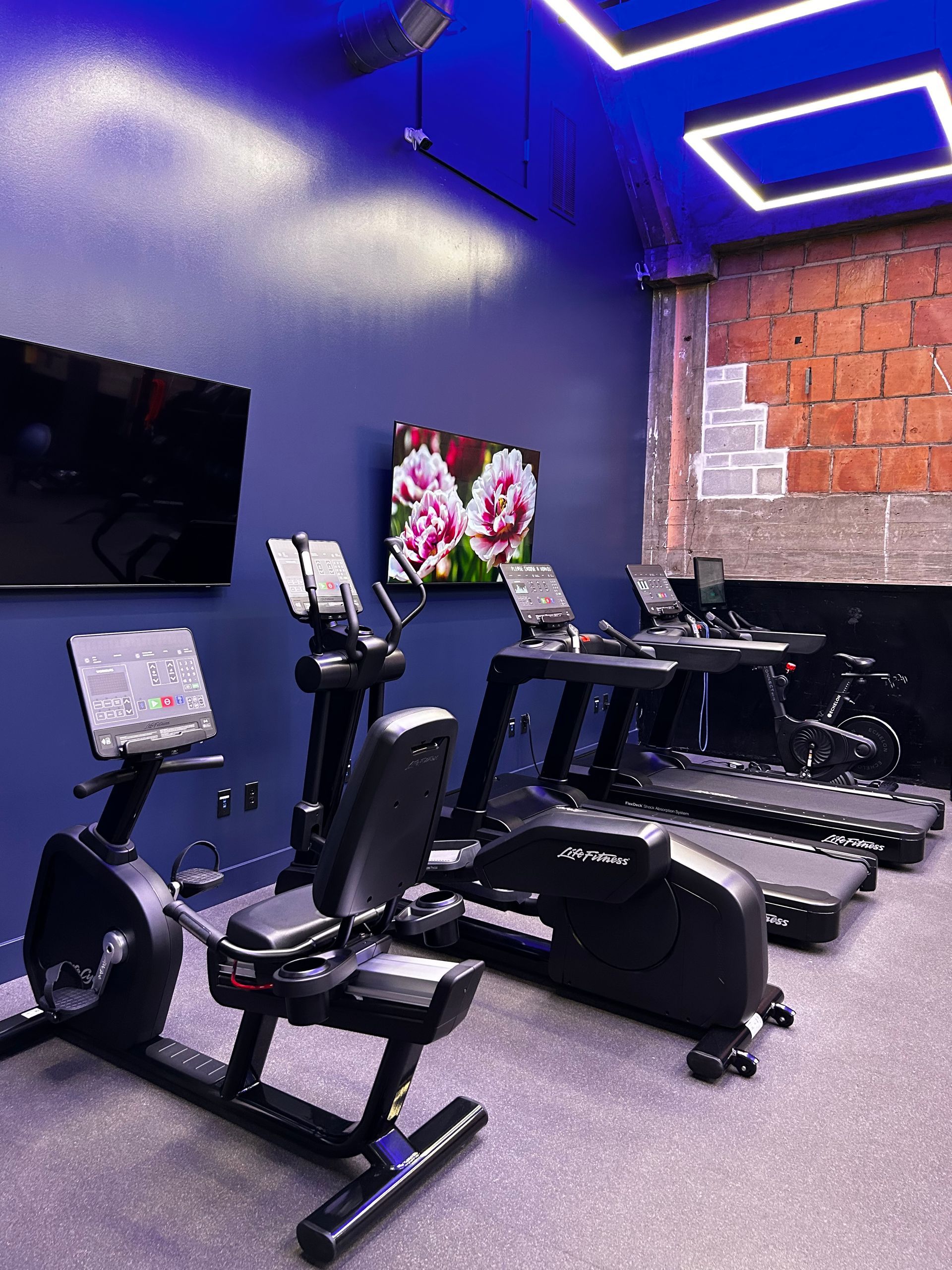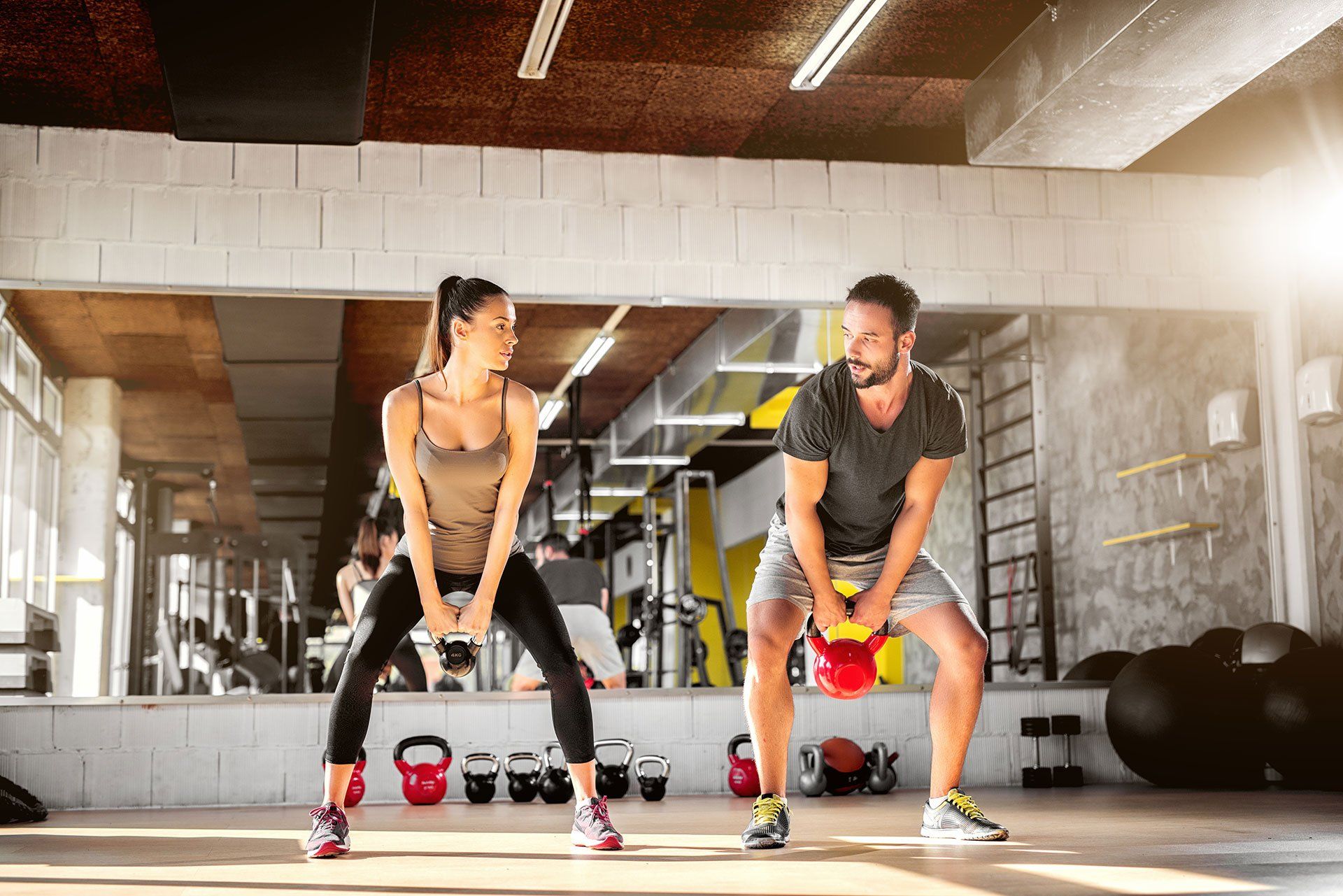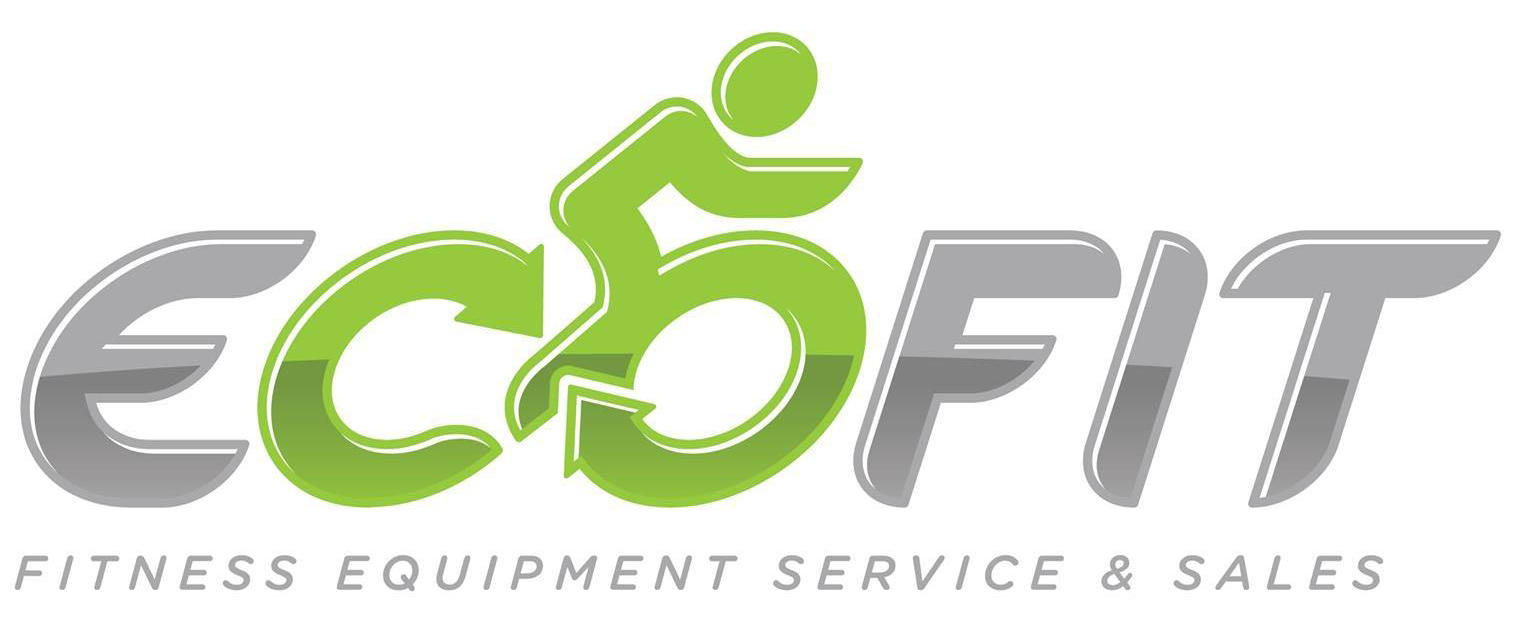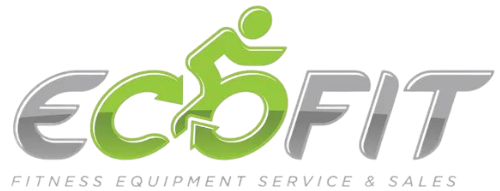Top Commercial Gym Equipment Every Facility Should Have in 2025
If you're designing or updating a commercial gym in the St. Louis area, one of the most important parts of the process is choosing the right equipment. The layout, flooring, and branding might draw people in, but it’s the equipment that keeps them coming back. Whether you're building out a fitness center for a multi-family complex, a school, a first responder station, or a public gym, selecting the right pieces for your members matters more than ever.
At EcoFit Equipment, we’ve helped countless businesses across St. Louis customize their gym layouts with the most durable, in-demand equipment. With fitness trends changing every year and user expectations rising, staying ahead of the curve with your setup helps set your facility apart.
Here’s a breakdown of the core equipment categories you should be considering in 2025.
Cardio Equipment That Every Facility Needs
Cardio remains the backbone of most gym routines, and your facility needs options that serve a broad range of users. Cardio equipment also tends to be placed at the front of most gyms, making it one of the first impressions your space gives off.
Treadmills
Treadmills are a classic for a reason. They’re intuitive, offer multiple workout options, and can handle users at any fitness level. In St. Louis, where winters can get cold and rainy seasons make running outdoors inconvenient, treadmills give members a reliable indoor option all year long. Choosing treadmills with good shock absorption and digital integration helps your gym compete with the tech-forward expectations people have today.
Ellipticals and Cross Trainers
Ellipticals are low-impact and great for users who want a cardio option that’s easier on the joints. They're especially popular with older members or those recovering from injury. Cross trainers offer a full-body workout that keeps members engaged longer than traditional elliptical machines. These are essential in smaller spaces, like hotel gyms or apartment fitness centers around St. Louis, where you need one machine to serve multiple functions.
Rowing Machines
Rowers continue to rise in popularity because they provide a full-body workout in a short amount of time. They engage nearly every muscle group, promote proper posture, and don’t take up much space. Adding two or three rowers gives your gym the ability to offer functional cardio without crowding the floor.
Upright and Recumbent Bikes
Some members prefer seated cardio options. Upright bikes simulate road cycling and are often preferred by more active or sport-specific users. Recumbent bikes provide additional back support and are favored by older users or those seeking a gentler workout. Offering both helps your facility appeal to a wider age range, which is important for multi-use properties or corporate wellness centers in the St. Louis market.
Strength Equipment That Builds Results
Cardio brings people in, but strength equipment keeps them training long term. A well-rounded selection helps cater to everyone from beginners to seasoned lifters.
Selectorized Machines
Selectorized machines are essential for beginner-friendly strength training. They guide movement and reduce the risk of injury while still allowing members to isolate muscle groups. These machines are particularly useful in wellness centers, rehabilitation facilities, and corporate gyms where ease of use is key.
We often recommend building a full-body circuit using selectorized machines for chest press, leg press, lat pulldown, leg curl, shoulder press, and cable stations. This gives your gym a complete strength training section that doesn’t require a personal trainer for someone to use safely.
Plate-Loaded Machines
For more advanced users, plate-loaded machines offer the feel of free weights with the controlled path of a machine. They are durable, cost-efficient over time, and make your gym feel more complete to regular lifters. These are ideal for high-traffic commercial gyms in St. Louis, especially in neighborhoods with a strong lifting community or high school athletics programs.
Free Weights and Benches
No gym is complete without free weights. Dumbbells, barbells, and kettlebells are a must, along with flat, incline, and adjustable benches. When planning your layout, make sure to dedicate enough space to your free weight area to allow for safe movement between stations.
St. Louis gyms in the city or county often compete for the attention of younger members who are focused on strength, body composition, and functional fitness. Offering a clean, well-organized free weight section helps meet that demand.
Racks and Smith Machines
Power racks are the backbone of any serious strength area. They’re versatile, durable, and allow members to perform squats, presses, and pull-ups. Smith machines offer a guided alternative that supports users who want more stability. Both types of equipment should be included in any facility that markets to strength athletes or general fitness users alike.
Functional Training Essentials
Functional fitness continues to grow in popularity. It appeals to members who want to move better in daily life, train for obstacle course races, or just mix up their routine. Here’s what to include.
Cable Machines and Functional Trainers
Cable machines offer nearly unlimited exercise options in a compact footprint. Functional trainers are dual adjustable pulley systems that allow users to perform everything from rows to woodchoppers. They work for individual training or small group workouts, which is useful in tight spaces where you want more versatility per square foot.
Turf Lanes and Sleds
If your facility has room, adding turf lanes for sled pushes, agility drills, or bodyweight training is a great way to stand out. It brings in athletes, bootcamp-style users, and functional training enthusiasts. EcoFit offers flooring options that support this kind of training without damaging your surface or the equipment.
Battle Ropes, TRX Systems, and Plyo Boxes
These pieces are cost-effective, easy to maintain, and great for circuit-based workouts. They are often used in small group training or personal training sessions, making them a good investment for gyms that offer customized programs. In the St. Louis market, where competition is high and gym-goers are always looking for something new, having these options adds excitement to your floorplan.
Space Planning and Layout Still Matter
Even the best equipment can fall short if it’s not placed with intention. EcoFit helps facilities throughout St. Louis design their gym layout to support flow, safety, and user experience. That includes spacing equipment to avoid crowding, maximizing the visibility of high-usage machines, and using mirrors and lighting to enhance the feel of your space.
We consider things like ceiling height, floor structure, and natural light when recommending where to place your cardio or strength zones. We also guide you through traffic patterns, so your members don’t feel boxed in or uncomfortable during peak hours.
Don’t Forget About Flooring
A strong foundation is key to supporting your equipment and protecting your investment. Rubber flooring works well in most settings and reduces impact and noise. Turf areas are ideal for functional fitness. Foam tiles can be added to stretching or yoga zones. EcoFit offers a full range of flooring solutions based on your facility type, budget, and training goals.
Custom Recommendations for Your St. Louis Facility
Every gym has its own personality, goals, and challenges. That’s why off-the-shelf packages don’t always deliver the best long-term value. At EcoFit Equipment, we sit down with clients to understand their facility type, available square footage, and the demographics they serve.
Whether you’re outfitting a high-end training facility in Chesterfield, a community wellness center in St. Louis County, or a hotel gym downtown, we tailor recommendations to make sure every piece of equipment earns its place on the floor.
From planning and sourcing to installation and preventative maintenance, we handle the entire lifecycle of your equipment investment. That means fewer headaches and better outcomes for your members.
Let’s Design Your Facility Right
Your gym deserves more than just a row of treadmills and some random dumbbells. It deserves a setup that flows well, reflects your brand, and delivers a great experience for every user who walks in the door.
If you're building or upgrading a commercial fitness facility in the St. Louis area, reach out to EcoFit Equipment today. We’ll help you make smart equipment decisions that work now and scale with your facility over time.
Contact Us
